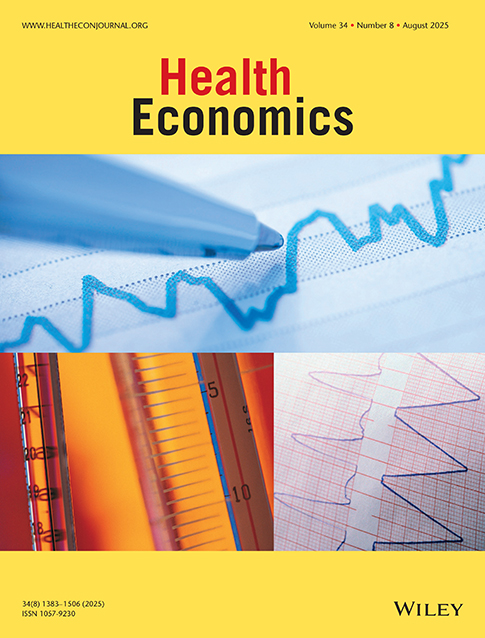The time trade-off method: Results from a general population study
Abstract
An important consideration when establishing priorities in health care is the likely effects that alternative allocations of resources will have on health-related quality-of-life (HRQoL). This paper reports on a large-scale national study that elicited the relative valuations attached by the general public to different states of health (defined in HRQoL terms). Health state valuations were derived using the time trade-off (TTO) method. The data from 3395 respondents were highly consistent, suggesting that it is feasible to use the TTO method to elicit valuations from the general public. The paper shows that valuations for severe health states appear to be affected by the age and the sex of the respondent; those aged 18–59 have higher valuations than those aged 60 or over and men have higher valuations than women. These results contradict those reported elsewhere and suggest that the small samples used in other studies may be concealing real differences that exist between population sub-groups. This has important implications for public policy decisions.




